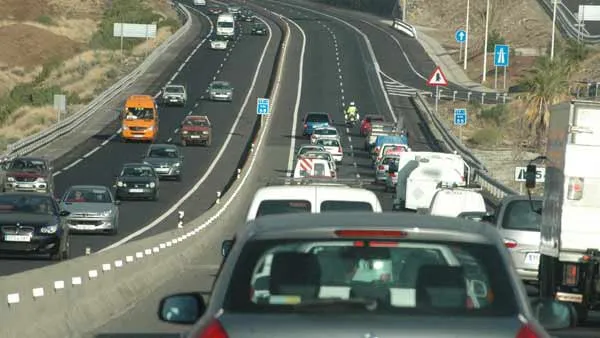The General Directorate of Traffic (DGT) plans to install up to 300 new radars in Spain, as detailed in the tender notice published in the state bulletin, the BOE.
The tender is for the provision of some 120 fixed radars, the rest being devices that monitor sections of roads, for which a budget of 17.5 million euro has been allocated, thus increasing on the 1,325 already operating in Spain (780 fixed speed control devices and 545 mobile).
The month of August is a very dangerous month in terms of the number of accidents and traffic violations. The departure and return of the holidays cause the influx on the roads to multiply at the same time that, consequently, the number of incidents increases.
The new radars will be located in different parts of Spain. On the one hand, it is planned that 80% will be installed on conventional roads, the location where the majority of fatal and serious incidents take place. The remaining 20% will be distributed on motorways. “These percentages are approximate, but they will serve as a guide,” says the DGT.
The objective of the agency is to verify that drivers comply with the regulations of the traffic law and, consequently, reduce road traffic incidents in the country. “The implementation of these systems will allow us to expand the scope of speed control and continue with the work to improve safety,” the agency stated.
The placement will be divided into two lots. In the first, radars will be installed in the southwest, in the southeast, on the eastern Mediterranean coast (Comunitat Valenciana), in the area of the Pyrenees and the Ebro Valley and, lastly, in the Balearic Islands.
In the second lot, they will be placed on the roads dependent on the Traffic Management Centres in the central zone, in the northwest-Cantabrian region and in the rest of the north of the country.
Currently, the radars in Spanish territory are unevenly distributed. Madrid is the province with the most surveillance systems. They are followed by Seville, the Balearic Islands and Alicante. On the contrary, Soria, Ávila and Santa Cruz de Tenerife are the ones with the fewest speed cameras.





